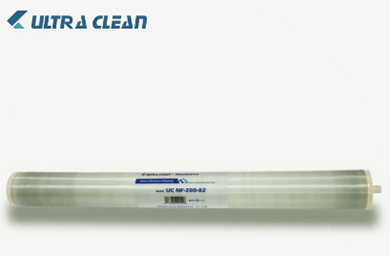What is the Difference Between Reverse Osmosis and Nanofiltration?
- 9 Фев, 2023
- 3561 просмотров
While reverse osmosis (RO) and nanofiltration (NF) are very similar, they can be distinguished by the size of particles that can be removed or rejected. In contrast, RO and NF are capable of removing finer contaminants than MF and UF, and applications include removal of hardness, nitrate, sulfate, total dissolved solids, heavy metals, radionuclides, and organic macromolecules from process and waste streams.
Difference
Reverse Osmosis
RO is the best of all membrane filtration and purification systems, with extremely small pores capable of removing particles as small as 0.1 nanometers (0.0001 microns). RO has been around since the 1950s and is primarily used for desalination, such as producing potable or brackish water from seawater. other applications for RO include filtering process water for industrial applications, such as the printing industry, to maintain optimal equipment performance. ro membranes are very effective at removing ions of all sizes.
Advantages
Reverse osmosis filtration systems have the ability to remove large amounts of contaminants from water. In fact, it can remove up to 99% of contaminants from water.
Reverse osmosis water filtration technology is an excellent alternative to bottled water for a water purification process that is both sustainable and risk-free.
Water from a reverse osmosis filtration system is better suited for use in the kitchen than tap water.
Nanofiltration
Offering slightly coarser filtration than RO, capable of removing particles as small as 0.002 to 0.005 μm in diameter, NF is a relatively new technology developed primarily for drinking water production. NF removes harmful contaminants such as pesticide compounds and organic macromolecules while retaining the higher levels of minerals that reverse osmosis would remove. Today's reverse osmosis systems retain trace minerals to ensure that the water tastes good and is safe to drink. Nanofiltration membranes remove larger divalent ions such as calcium sulfate, while allowing smaller monovalent ions such as sodium chloride to pass through.
Advantages
Operates under low pressure conditions.
Significant retention of polyvalent anionic salts.
Low initial investment and ongoing maintenance costs.
For more information, please contact us. We will provide professional answers.
- Категория:
- Искусство и культура
- Еще нет комментариев




